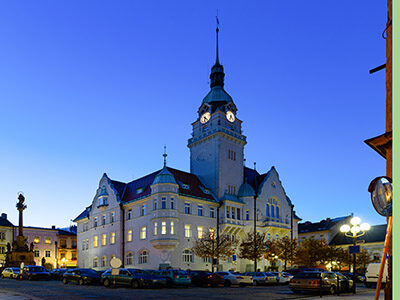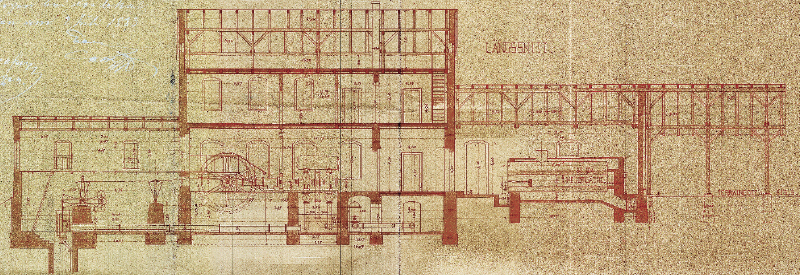A retrospective view of the Šumperk water supply system from the 1960s to the present
In the second half of the 20th century, the long-term problem of supplying the town of Šumperk with drinking water was finally solved. New sources of drinking water supplemented the missing capacities in the form of surface abstraction from Divoká Desná within the newly built collec-tive water supply system, together with the use of sources in Rapotín and Olšany. A significant contribution to solving the problem was the recon-struction of the water supply network, water reservoir, and intake facilities, which reduced losses. An important factor that has reduced the water consumption of the population is, of course, the significant increase in water and sewerage prices in the last 20 years, which had an impact on Šumperk as well. The operational and organizational conditions of the town’s drinking water supply were negatively affected by society-wide de-velopment, which ultimately meant an increase in operating losses in the water supply network due to limited funds for the renewal and upgrading of the water supply network. The political changes in 1989 and the following period were reflected not only in the organizational conditions of the town’s drinking water supply, but also in the final consumption and price of drinking water, both in the Šumperk region and across the whole of the Czech Republic. With the example of Šumperk, it is also possible to illustrate the transformation of the water industry after 1989 and possible diffi-culties, new starting points, and challenges for its future development.

